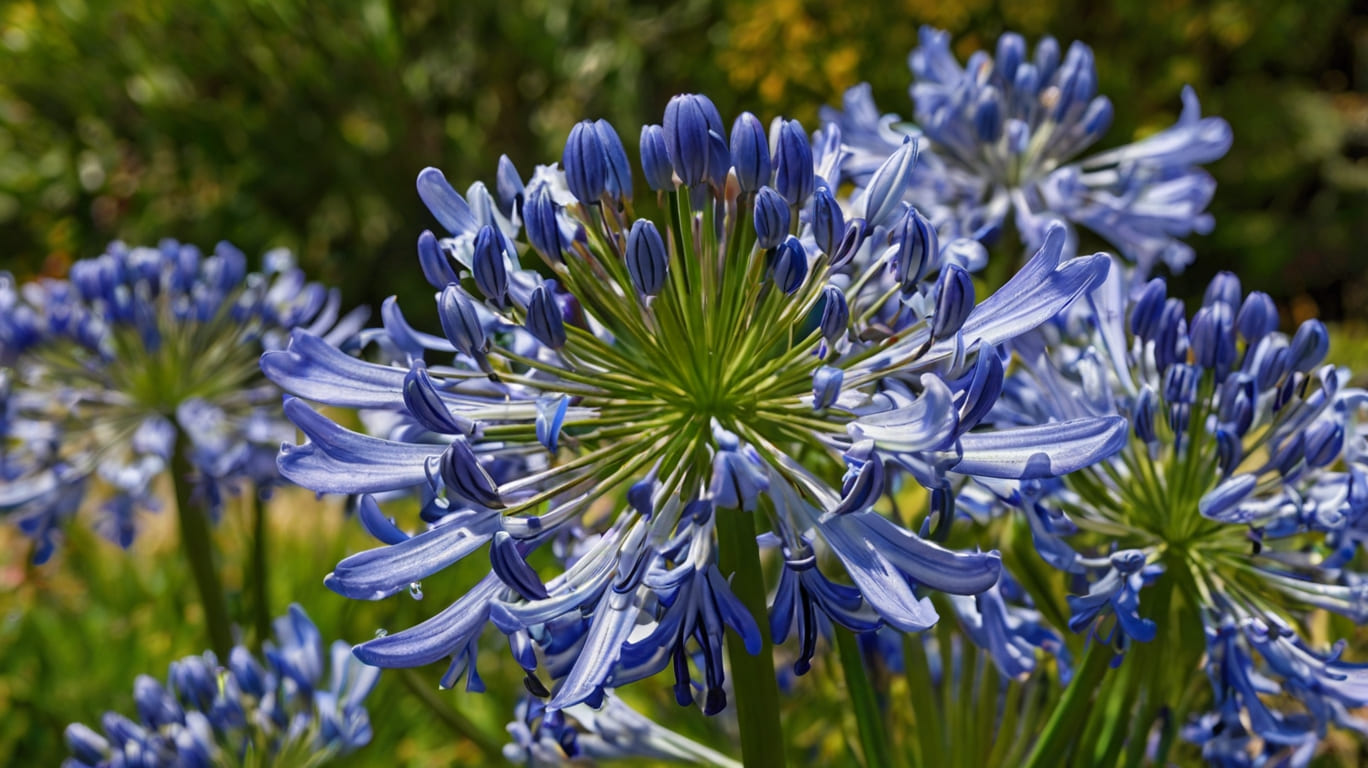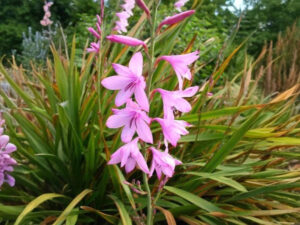
This elegant and fuss-free plant brings a touch of charm to your indoor garden.
In this article
Why will I love it?
The Agapanthus, also known as the African Lily (scientific name Agapanthus africanus), is a showstopper with its clusters of trumpet-shaped flowers that bloom in shades of blue, purple, or white. Though often associated with outdoor gardens, it adapts beautifully as a houseplant, adding a timeless and sophisticated vibe to your space. Its glossy green, strap-like leaves provide year-round interest, even when it’s not in bloom.
Light or shade?
Agapanthus thrives in bright, indirect sunlight. A sunny windowsill or a well-lit room is ideal for encouraging vibrant blooms. While it can tolerate some light shade, consistent light exposure is key to keeping it happy and blooming. Aim for at least 6 hours of light daily.
Where should I put it?
This versatile plant looks fantastic as a centerpiece on a table or placed near a sunny window. It’s also a perfect addition to your indoor garden corner. If you’re lucky enough to have a sunroom, Agapanthus will absolutely flourish there. During warmer months, you can even move it outdoors to a patio or balcony for a seasonal touch.
How do I keep it alive?
Agapanthus is surprisingly low-maintenance. Water it moderately, allowing the top inch of soil to dry out between waterings. Overwatering is a common mistake, so make sure your pot has good drainage. Use a well-draining soil mix, and during the growing season (spring and summer), feed it with a balanced liquid fertilizer every few weeks.
In winter, when growth slows, reduce watering and let the plant rest. Keep it in a room with temperatures between 60-75°F (15-24°C), and avoid exposing it to drafts or sudden temperature changes.
Did you know?
Agapanthus is native to South Africa, where it’s often called “Lily of the Nile” (even though it’s not a true lily!). It’s also a symbol of love and beauty, making it a thoughtful gift. While stunning, this plant is toxic if ingested, so keep it out of reach of pets and small children.
Agapanthus is a delightful addition to any home, and with its striking blooms and easy care, it’s sure to become a favorite in your indoor garden.








